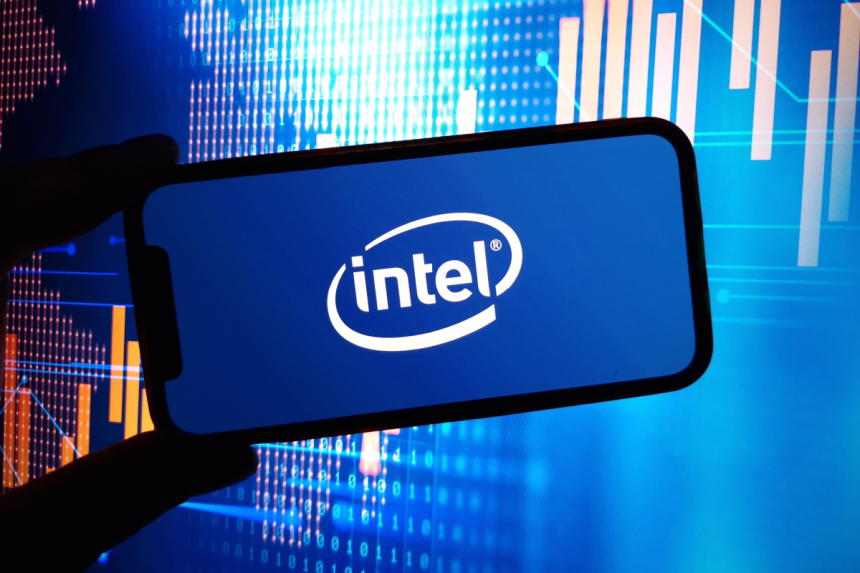A Major Milestone Under Lip-Bu Tan’s Leadership
Six months after CEO Lip-Bu Tan began his turnaround strategy at Intel, the company has revealed a significant step forward in its chipmaking efforts. On Thursday, Intel announced the Panther Lake processor — the latest addition to the Intel Core Ultra family and the first chip produced using the company’s advanced 18A semiconductor process. The processors are slated to begin shipping later this year and are being manufactured at Intel’s newly operational Fab 52 facility in Chandler, Arizona.
“We are entering an exciting new era of computing, made possible by great leaps forward in semiconductor technology that will shape the future for decades to come,” Tan said in a company statement. He emphasized that the next-generation compute platforms, combined with Intel’s process and packaging expertise, would drive “a new Intel” centered on innovation and manufacturing excellence.
Next-Generation Computing for a New Era
The Panther Lake processor represents a cornerstone in Intel’s effort to reclaim leadership in advanced chip design and production. Built on the 18A node, the processor leverages cutting-edge transistor technology and manufacturing improvements aimed at enhancing performance, power efficiency, and scalability for AI and cloud computing workloads.
In addition to Panther Lake, Intel previewed its upcoming Xeon 6+ processor, codenamed Clearwater Forest — its first 18A-based server processor — expected to launch in the first half of 2026. Together, these chips form a critical part of Intel’s roadmap to reestablish its dominance in both consumer and data center markets.
Strengthening U.S. Semiconductor Manufacturing
The announcement highlights Intel’s deepening commitment to U.S. semiconductor production. The company underscored that the 18A process is the most advanced chip manufacturing technology developed and produced domestically. “The United States has always been home to Intel’s most advanced R&D, product design, and manufacturing — and we are proud to build on this legacy as we expand our domestic operations,” said Tan.
This move aligns closely with the U.S. government’s ongoing efforts to revitalize domestic semiconductor capabilities. In August, the federal government acquired a 10% equity stake in Intel following discussions between Tan and President Donald Trump at the White House about strengthening U.S. semiconductor independence and supply chain resilience.
Looking Ahead: Intel’s Renewed Focus
Since taking the helm in March, Tan has redirected Intel’s strategy toward its core strengths in engineering, chip manufacturing, and product innovation. The launch of Panther Lake marks the company’s largest manufacturing announcement under his leadership and signals a broader transformation aimed at reestablishing Intel as a global semiconductor leader.
As Intel prepares for commercial rollout later this year, industry analysts view Panther Lake and the 18A process as pivotal to the company’s resurgence in a fiercely competitive global chip market dominated by Taiwan’s TSMC and South Korea’s Samsung.
Conclusion
Intel’s Panther Lake processor and 18A semiconductor process represent more than a technical achievement — they symbolize the company’s renewed vision and national significance. With strong government backing and a return to engineering fundamentals, Intel is positioning itself not only to regain industry leadership but also to anchor America’s semiconductor future.






